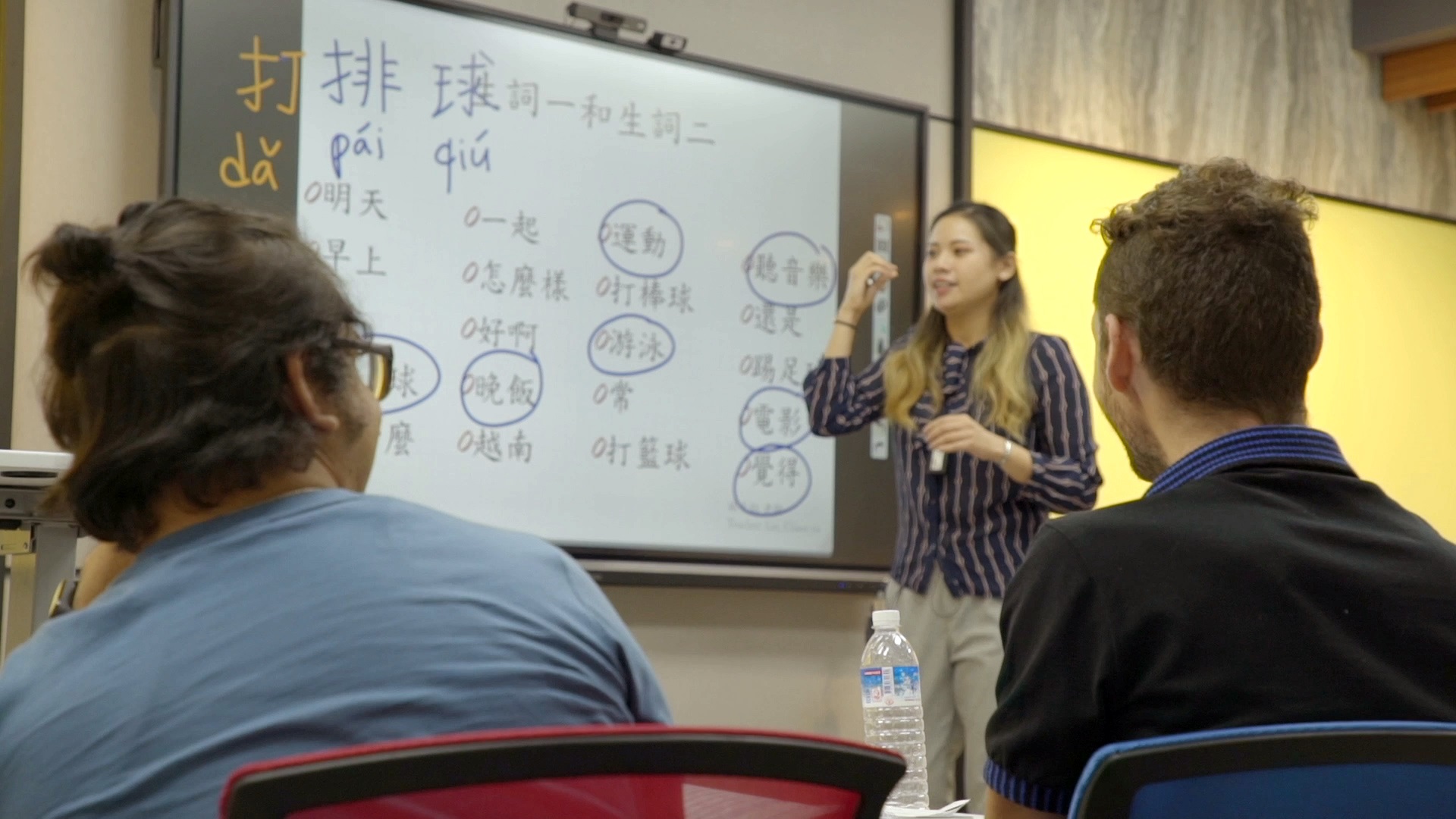01/13/2022
In September, UNICEF reported that schoolchildren around the world had missed out on a total of 1.8 trillion hours of in-person learning as a result of school closures and pandemic restrictions. Unfortunately, given the unforeseen nature of this crisis, many institutions were not prepared to transition into alternative ways of delivering education. Institutions often approached this transition with videoconferencing applications like Zoom and Google Meet, but beyond that, online education lacked cohesion.
In the last 18 months, several pre-existing trends, such as remote work, e-commerce, and app-based food delivery, have accelerated at a staggering pace. Although the eventual “return to normal” will likely slow down this acceleration, these new modes of online interaction will continue to play a big role in our lives. Similarly, the pandemic has given us a glimpse of the future in the way we deliver education. And while we have come a long way, by no means have we properly explored the potential of digitized learning.
The challenges led by the pandemic have magnified the importance of finding new educational approaches. As schools reopen for a new term, institutions will still need to operate with pandemic restrictions and concerns in mind. Classrooms will need adequate seating space between students and they will also need platforms to connect with students who cannot attend classes in person.
At ViewSonic, we’ve partnered with institutions around the world to help them build innovative classroom setups. These institutions implemented EdTech solutions such as our ViewBoard range of interactive displays and the corresponding myViewBoard software suite for digital whiteboarding and collaboration. From our experiences, EdTech provided incredible benefits to schools. We believe EdTech will continue to grow in importance in the future.
Reimagining Engagement Through Digital Platforms
Given the often ad hoc nature of hybrid learning during the pandemic, some might have the impression that hybrid learning is a second-best option compared to in-person learning. Modern digital learning tools, when properly implemented, can bridge the gap between in-class and remote learning. This new approach to education will also open up new opportunities to teach more broadly.
Take, for instance, the use of interactive displays and digital whiteboarding tools. When implemented in a more traditional classroom setting, teachers can use these technologies to create and present interactive lessons for students. These lessons can be built by harnessing the vast amount of digital content available online or from a video-assisted learning platform. Students seated in the classroom can either write on the interactive display themselves—like they would a whiteboard—or they can use a device at their desk to interact with the contents on the display. This revolutionizes how teachers can engage students. Through activities like conducting quizzes or sharing their work with the class in real-time, teachers can create exciting new forms of content to capture students’ attention.
Moreover, this connectivity breaks down the physical barriers of a classroom. This is because students can interact with lessons from anywhere with an internet connection, individuals who cannot physically attend classes are able to join a class with ease. This also opens up incredible opportunities for entire communities that are underserved with quality education. Virtual classrooms can be replicated almost anywhere in the world for entire rooms of children. At a time when educational inequality is prevalent around the world, the broader implementation of EdTech would help close many gaps within these communities.
BYOD for a Safer Learning Environment
A key aspect of hybrid learning is implementing the use of students’ own devices in the classroom. Even before the pandemic, BYOD has already offered a range of benefits: lower costs for institutions, familiarity between students and the technology they’re using, and an education that reflects our digital age.
Now, institutions have a new reason to implement BYOD: protecting the health of students and teachers. Although many schools are taking precautionary measures such as reducing class sizes and enforcing masks mandates, a reliance on shared equipment—whether whiteboard markers or laptop computers—may hamper some of these preventive efforts. A digital learning environment where students engage with lesson content using their own laptops, tablets, or smartphones helps substantially reduce the risk of surface-borne infections. Additionally, this approach creates the foundations for flexibility; allowing students to participate both in-class and remotely.
Regardless of future pandemic conditions, it’s important to harness students’ own technology into the classroom. This integration is important because children will have greater access to online learning resources whenever and wherever. In general, BYOD helps unleash the student’s potential to learn and will help to drive up educational outcomes and attainment.
The Future of Education is Flexible
For all of us, especially students and teachers, the pandemic is—and will hopefully remain—a once-in-a-lifetime event. At ViewSonic, we’ve been amazed and impressed by the incredible efforts of educators over the last 18 months to minimize disruptions for students. We’ve seen some truly ingenious implementation of our EdTech products to bring benefits, including flexibility for students, enhanced access for those in remote areas, and new ways of engagement for students with special needs.
I hope that the recent events will encourage us to be more flexible with many aspects of our lives—including education. Ultimately, EdTech will give students, teachers, schools, and parents greater control over how and where education is delivered. This new approach will open up access to learning in an unprecedented way.


